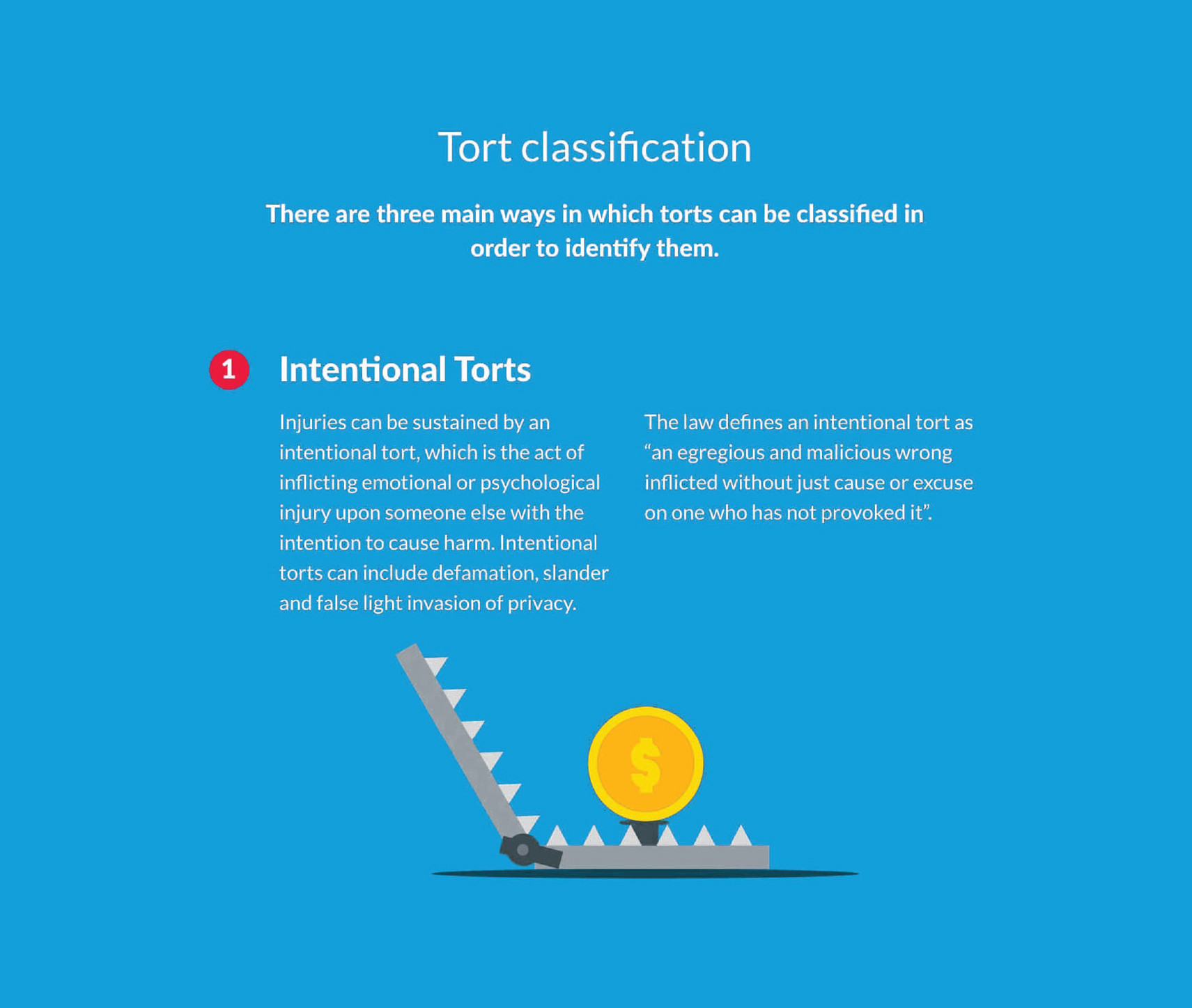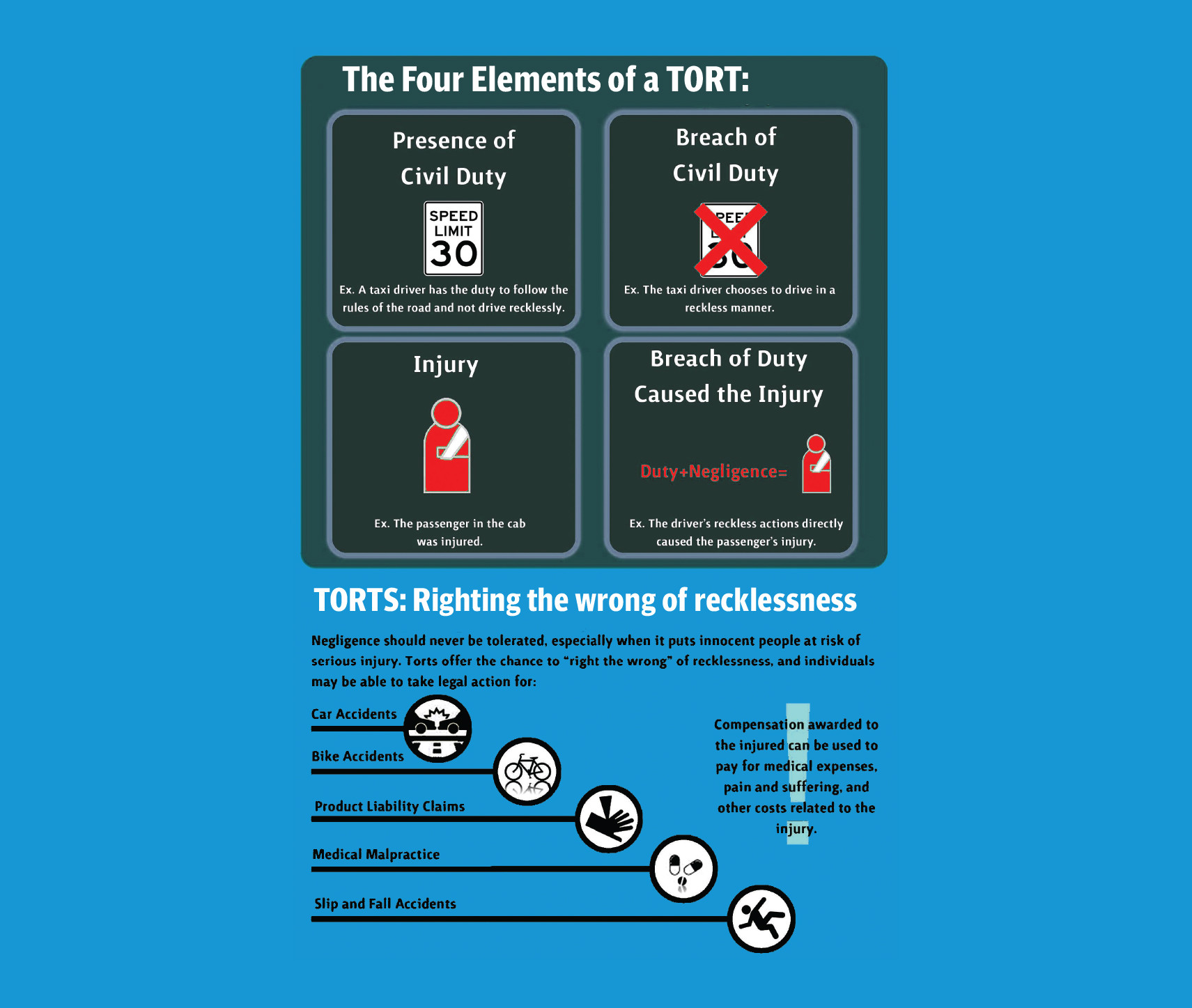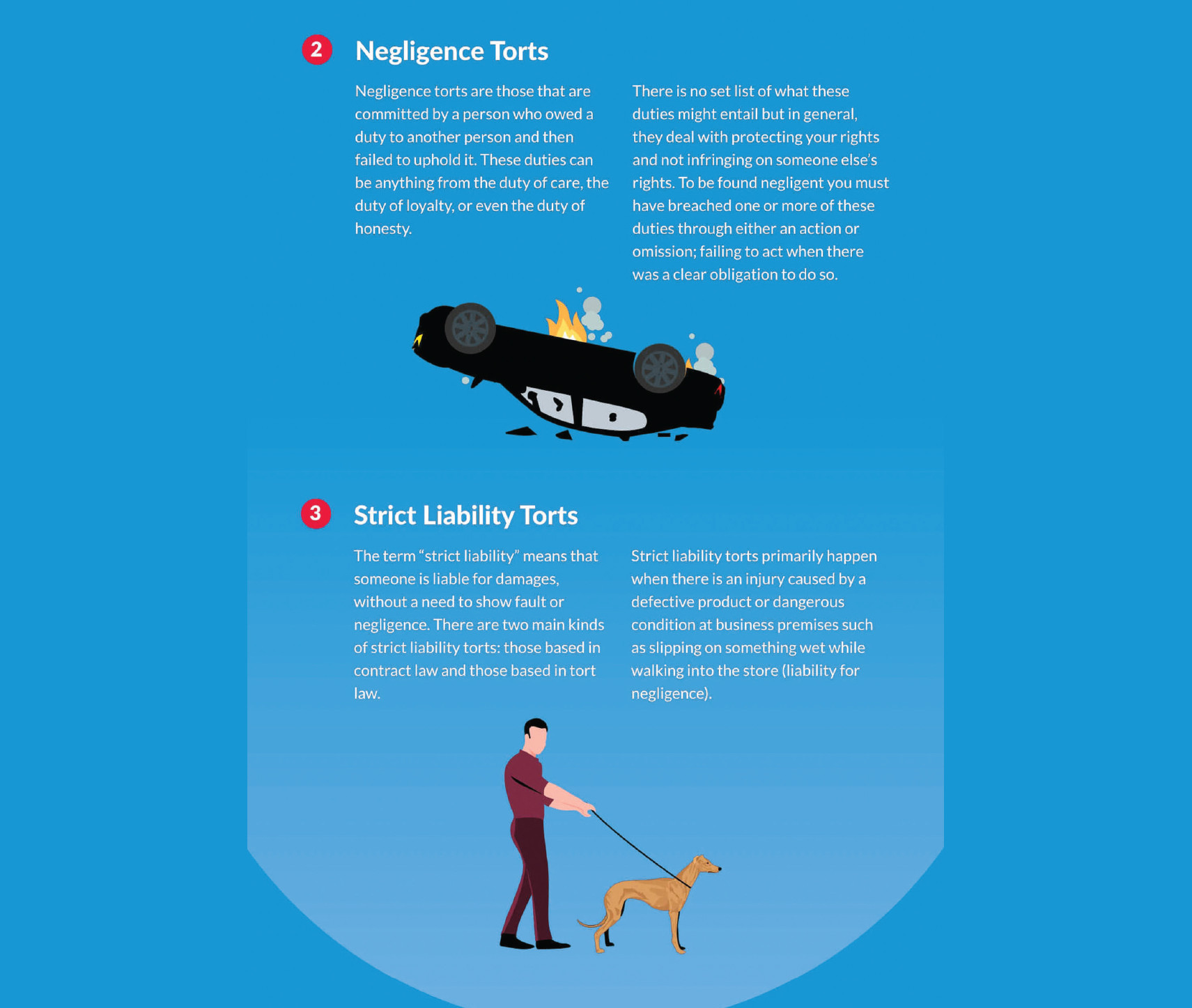In the year 2020, an Airbus flying in from Lahore, owned by the national airline carrier crashed into Karachi, moments before landing. 97 passengers were killed that day. That seems rather incendiary, doesn’t it? Apologies. Ninety-seven passengers died that day.
Actually, no. Memory serves that those that perish in disaster automatically achieve martyrdom. So, the correct thing to say would be that 97 innocents embraced martyrdom. That sounds right. And more fortunately, it was the month of Ramzan. The heart swells at the thought; to have become martyrs, that too, in Ramazan. Could anyone possibly ask for a more shining departure? Oh, how that mitigates the grief!
Not that the incident could be amplified in severity but two out of those 97 were my friends. And through merely a spike in perception alone, that definitely took a toll and bewilderingly enough, no, nothing really mitigated the grief. Nothing reasonably ever can. I was telling M about this somewhat recently. It seemed to pop up organically, somewhere between the entrées and dessert.
Surely the affected had been given some sort of relief. Perhaps, if you could somehow put a price tag on a life. But then surely, those responsible would be brought to justice. Again perhaps, if a legal mechanism (strict liability) existed to address it.
Identifying my response as somewhat reflective of doubt, M asked – doesn’t it?
My answer to her question that night, was no, it does not.
The law of torts, or quite simply, ‘torts’ govern the dominion of civil society. A tort is a civil wrong that has caused a person, a fellow member of our community, our “neighbour” if you will, anyone who we owe a ‘reasonable duty of care’ – to suffer some form of harm or loss, through an act of negligence on our part.
This detriment, the spectrum of which is quite ambitious (but not impossible), ranging from irritation to manslaughter, is addressed and compensated via the intervention of the legal system. As per tort law, the ‘tortfeasor’ (the one who causes the harm) is liable to fully compensate the party which has suffered the harm caused by his or her negligent or harmful conduct. So, while torts are aplenty, from the mild to severe to critical, the law of torts does not exist in Pakistan.
Where criminal law focuses heavily on the presence of mens rea, or malice, tort addresses the merits of the incident itself. One might not have intended to become a source of detriment to someone, but should they have reasonably been aware of their actions? If not through their direct effort, then did through their direct negligence did anyone else suffer? If one did suffer through the unintentional act of someone else, they might not be awarded remedial action through the criminal justice system. But they could potentially find some solace in the latter. The latter being torts.

Akin to train travel, the union jack, afternoon tea and colonialism, the law of torts achieved landfall on the subcontinent during the British Raj. Through the Parliamentary Charter of King George I in 1726, the application of common law was to be implemented through the entire Commonwealth. Mayor’s courts, proxies of the Crown’s legality, were established in Calcutta, Madras and Bombay and the King’s Law was to be enforced thereon. The fledgling legislation that governed “justice, equity and good conscience” (unfortunately, this has dwindled down to “judicial discretion” since then) were to be adjusted in line with indigenous practices and great strides were made in this arena, until Independence. And after the departure of our British overlords, the law of torts has remains undeveloped. Some might even say, consciously so.
One of the first things we learnt in law school, circa Jurisprudence 101 were principles of legal legitimacy. “All are equal before the law and are entitled without discrimination to equal protection of the law.” A system of law perpetuated by equality. A sublime thought. Furthermore, any law that lacked the equality quantum, could render its mere existence being brought into question. Quite simply, a law which is not equal to all, is not law, or atleast does not deserve to be.
The cardinal importance of torts resides in the fact that this domain specifically secures the civil rights of the people, especially those of the common man, who, often, might not possess the resources to pursue justice on their own. It is a basic means of securing rights, a cordial substitute for revenge, a mechanism of distributive justice, a system of compensation, protection against the culpable and unjust invasion of moral rights – to name a few. In the absence of such, the rights of the people (or more correctly, the antithesis of affluent) would be trampled upon with impunity and there would exist no legal machinery to address this. Apathy would become the norm and chaos would ensue – in principle.
Some might believe that if a thing is remotely understood, its articulation is not essential to comprehend it. But some could be wrong. The significance of any law is put into actionable effect, the second it is written down – codified. If it is not written down, it will not be referential, and thus unfamiliar. Torts in Pakistan, to this day, remain uncodified.
Does something necessarily have to be written down for it to be real? Debatable. The spirit of tort does somewhat exist. A scattered spectre, existing in the shadows and corners of various legal procedures and statutory bodies including Code of Civil Procedure, Code of Criminal Procedure, Pakistan Penal Code, Companies Ordinance, Workmen’s Compensation Act, Fatal Accidents Act, Social Security Ordinance, Factories Act, Pakistan Environmental Protection Act, Consumer Protection Act, but a tome manifest of its own? Not yet.
 In the absence of such reliability, the standard then becomes a spontaneous inclination towards criminal proceedings, which have their own set of financial merits to covet. The focus on rewards for criminal categorization are reflected in their appropriation and usually, offer up better rewards than a measly tort.
In the absence of such reliability, the standard then becomes a spontaneous inclination towards criminal proceedings, which have their own set of financial merits to covet. The focus on rewards for criminal categorization are reflected in their appropriation and usually, offer up better rewards than a measly tort.
Possibly all torts where intent is grievous like assault, batter, false imprisonment are legitimate veins that exist within criminal law. Slightly vague items such as emotional distress simply do not exist unless indirectly claimed under something else. Similarly, trespass is often claimed under property disputes but rarely, if ever, by itself. Negligence, liability and nuisance for example do possess a quantum but only if paired with a juicier criminal counterpart. The gravity of a rare few, ebb and flow, subject to the appearance of the moon, like right to privacy, which can suddenly be rendered draconian depending on the stature of the politician caught in a honey pot scandal du jour, but suddenly become dormant if finances are publicly demanded to be revealed; a ruling party member may suddenly become virginal in his pursuit of innocence. A few lesser torts include interference with business relations and product liability.
Take for example, the tort of defamation. The PCC recognizes defamation as a crime. For context, defamation in law is compromising another person’s reputation by a false statement, that is, being communicated to a third party, that brings about said person’ disrepute. The concept is an elusive one and is limited in its varieties only by human inventiveness. In Pakistan, defamation has been promoted to a crime which means that the reckoning of the accused would be far more prickly and recover more damages. Ultimately however, simply criminalizing a few ‘intent intensive’ torts, the rights of the common man cannot be secured.
Treating defamation as a criminal offence is frowned upon today by international standards, because it can be used by those in power as a threat to curb naysayers. A law prejudiced to a choice few, would then reasonably be outdated. After all, there is no history of defamation cases being helmed by the ‘downtrodden’ against the ‘powerful’.
At this point, the rational conclusion would be to codify the whole nine yards and be done with it. If only matters that trickled into practicality were so utopian.
There are some who argue the public is not (cannot be) sufficiently educated to understand this law. Another is that our flourishing litigation machinery discourages such suits to impede the floodgates that would open as a result. One conspiracy enthusiast even suggested that the British made sure this would always remain the case in the subcontinent and willfully did not advance torts as much as they could have because they wanted the protection that this law might provide, unreachable for the poor masses.

A slightly more grounded opinion is that the law of torts belongs to the branch of common law, not necessarily statutory law, because its dominion is far too fluid to encapsulate in meticulous detail “The common law…covers everything which is not covered by statute. It knows no gaps: there can be no ‘casus omissus’. The function of the court is to decide the case before it.”
Legislation is a compounded exercise for which there is no one sole custodian. Not just the judiciary, not just legislation, not just lawyers; not anyone in singularity. The entire Pakistani justice system has not shown the same enthusiasm for the law of torts that they have bestowed on other areas, especially criminal law. The philosophy remains that where there is a right, there is a remedy – ‘ubi jus ibi remedium’ but this is not a one shoe fits all. Lack of knowledge then evolves into lack of expertise and therefore lack of advice. Then there is plenty to be said about self-serving elements within the legal fraternity especially where criminal proceedings often fetch loftier amounts in damages than any other body of law.
Once ideated as the primary vehicle for compensation, the sanctity of tort law has been compromised by poverty, ignorance and economic pressure. Elements that fell through the cracks have been stimulated by external opportunists. Medical negligence, loss of poverty or financial detriments are being taken care of by the insurance sector. Bodily harm is being addressed by social security agencies. Emotional distress is being milked by big pharma while various other ‘avoidable’ calamities are simply (and conveniently) chalked up to ‘God’s Will’.
Another major reason of the neglect of law of torts in Pakistan are doctrines of champerty and maintenance. Doctrine of champerty means that legal representation who maintains the litigation for a person can get his reward from the damages awarded to the litigant. Maintenance, on the other hand is “stirring up of litigation by giving aid to one party to bring a claim without just cause or excuse.” These doctrines were introduced as reprimands, to snub frivilous litigation while providing a mechanism to encourage the settlement of disputes without recourse to litigation. But in Pakistan, both doctrines have become the bedrock of business practice in the legal industry. The bulk of litigation has then become a hefty chunk of the damages rewards as well as all miscellaneous costs attached. Brilliance, on the other hand, although spectacular to behold, remains elusive, with accomplished intelligence too far and few in between.

“The true measure of any society can be found in how it treats its most vulnerable members.” The law of torts in Pakistan needs to be given modern form and implementation if the rights of the less privileged citizens are to be protected and secured, as it after all, exists for their protection. But would arming the masses with a medium to voice their grievances benefit the greater good? Could the status quo risk the ‘temple’ to fall? Maybe that’s a discussion for another day.
Circling back to the conversation from which this monologue erupted – the Airbus crashing minutes away from Jinnah International, did not simply crash into air. It crashed on land, into a densely populated neighborhood, no less. There is actual video footage of houses being destroyed underneath it. Did a civil claim ever see light of day? It did not. Additionally, in an effort to somewhat quantify the culpability at hand, please note that the mode of failed transport was estimated to being in use for 16 years, with a new engine having been installed 2 years prior. The last routine maintenance check on the plane was conducted a year before that and the most comprehensive check was last performed even before. With such evident and rampant negligence afoot, was there any palpable, concrete modes of justice that followed in the aftermath? Not in the standard sense, it did not. Then again, I’m not an aviation expert. My opinion does not matter as much as an engineer’s or a pilot’s.
Luckily for all of us, wiser heads prevailed and a formal enquiry was swiftly mobilized (with understandable pomp). Interestingly enough however, one of the many experts induced and published technical and data led findings was that the deceased pilot had always conveyed a knack of being “too overconfident”. Top notch expertise right there.
Not all for naught, there were several condolence tweets that came in – those were nice, the incident trended for a whole week. On a good day, even globally. Good times.
Oh, and then there was governmental compensation – 10 lakhs to each family who lost a loved one (and 5 lakhs to the 2 that survived) – so yes, there is a price tag to life (the sum is halved if you “fortunately” survive).
The irony does not escape the observer where those who were to rightly atone and learn from their actions were not admonished by national stakeholders but instead flagged by those with higher, more foreign, sensibilities. A month later, one third of the active flight faculty was indefinitely grounded for holding “bogus or suspicious licenses” and a week later, the carrier was banned from flying into the European Union and United Kingdom for six months for failing multiple safety tests as well as failure to properly implement a safety management system by the European Union Air Safety Agency (EASA). A month later, the airline was banned from flying to the United States.
Some factions commented how some of these reprimands taken by the international bodies were far too disproportional to the “accident”, and the losses that this chastisement would undoubtedly expound were beyond catastrophic. If not for the airline itself, its employees et al, then to the national public image on its own – they were entirely reprehensible.

Shockingly, an ill-advised PR stunt which highlighted one of the survivors travelling on the airline again (post medical treatment) did not absolve the sins of the airline. Tragic, that this veritable stroke of genius failed to vindicate in the court of public opinion (often held loftier esteem than a court of law).
I say, chalk it up to ‘God’s Will’.
Shahzad Abdullah is a freelance writer who contributes to a number of different publications. He is a lawyer turned PR and communications professional based in Karachi. All information and facts provided are the sole responsibility of the writer
